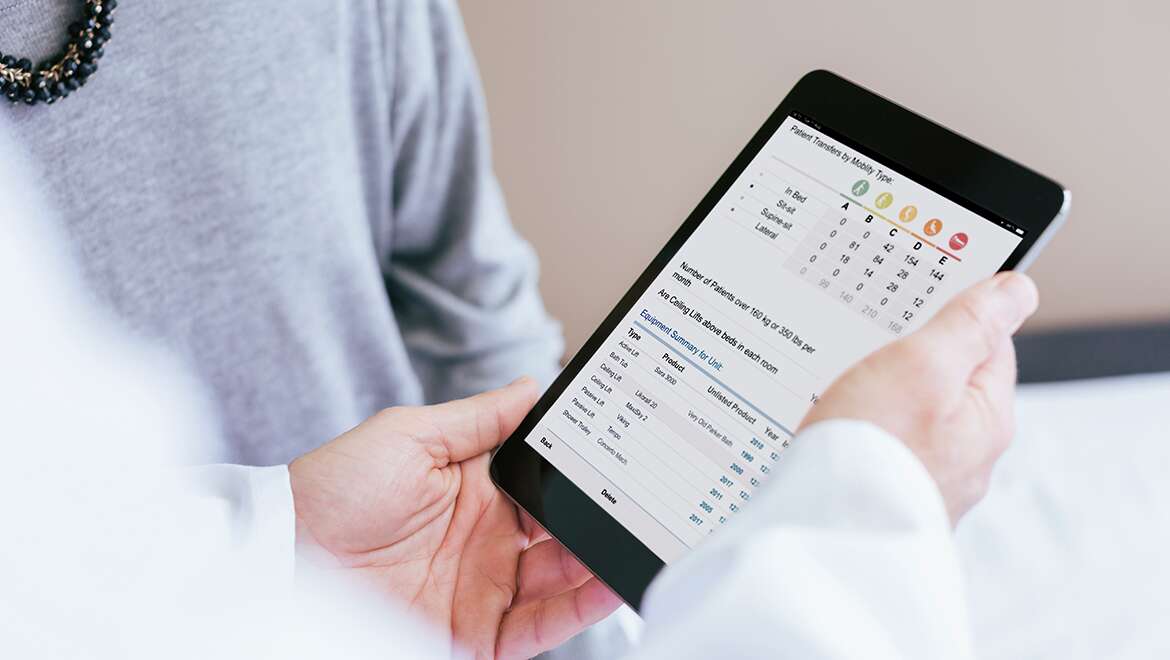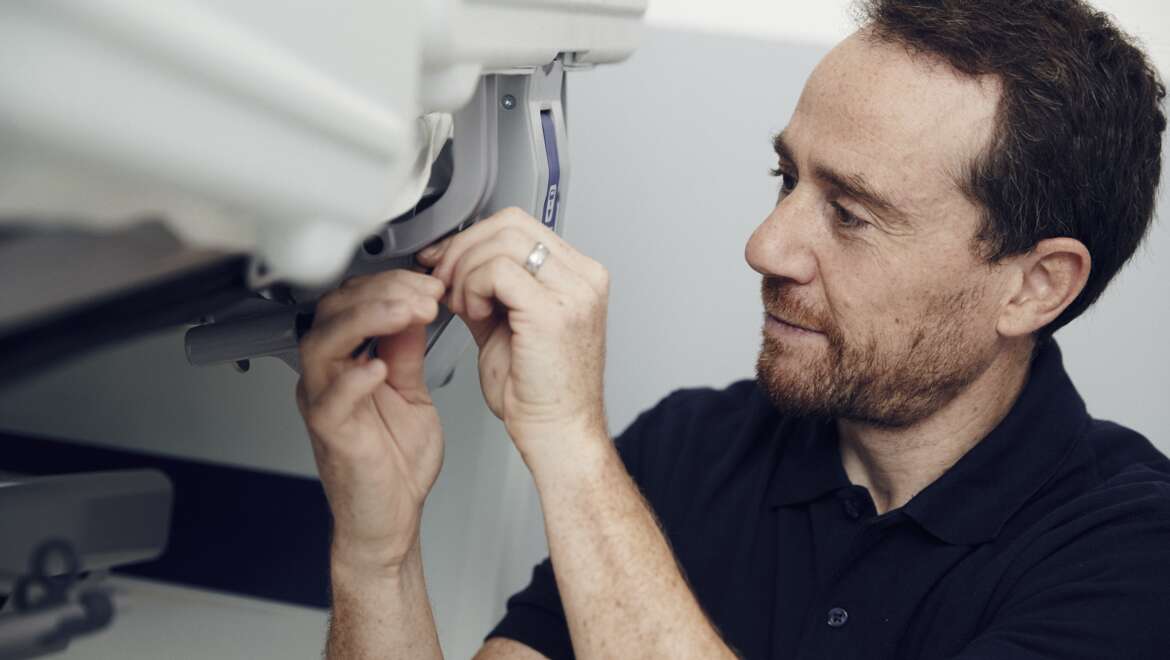Uw partner in het creëren van veilige en efficiënte zorgomgevingen

Oplossingen voor de gezondheidszorg
Wij bieden een reeks oplossingen die zijn ontworpen om u te helpen de nieuwe en voortdurend evoluerende uitdagingen in de hedendaagse acute en langdurige zorg aan te gaan.

Arjo MOVE-resultatenprogramma's
De programma's van Arjo MOVE (Mobility Outcome Value Engagement) bieden u en uw personeel de hulpmiddelen en kennis waarmee u gegarandeerd vooruitgang kunt boeken aangaande uw klinische en operationele doelen.

Arjo Insight Assessments
Evidence-based risk assessment that supports you to promote mobility, caregiver safety and efficient workflows.

Diensten en ondersteuning voor apparatuur
We bieden uitgebreide diensten, productondersteuning en expertise om zorginstellingen te ondersteunen bij het verbeteren van hun klinische resultaten, het optimaliseren van het rendement en het verhogen van de zorgstandaard.

